Photographer Aline Smithson – Her Top Five Influences
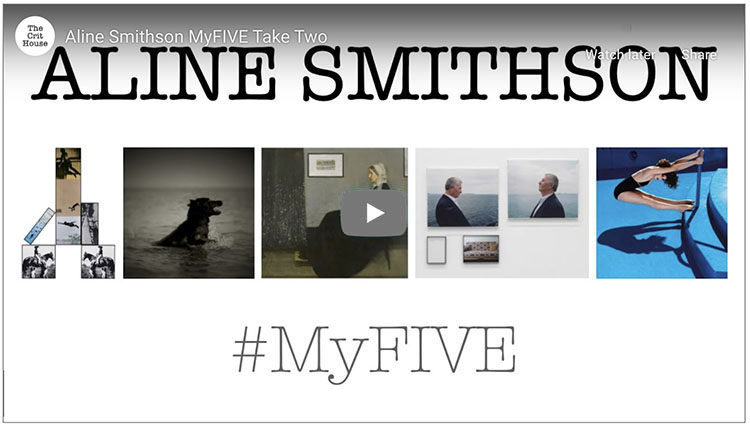

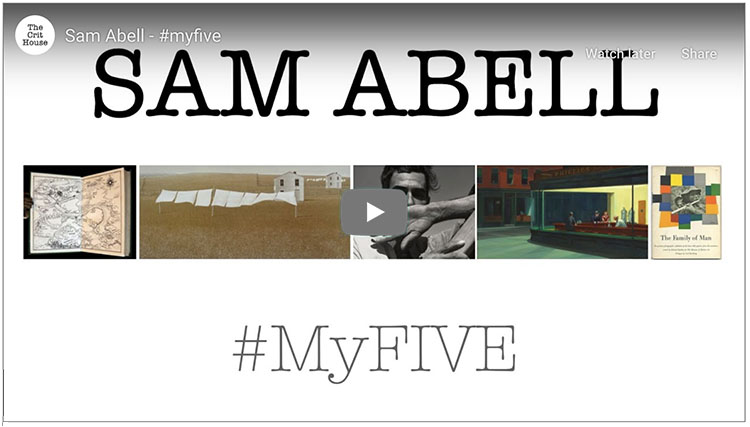
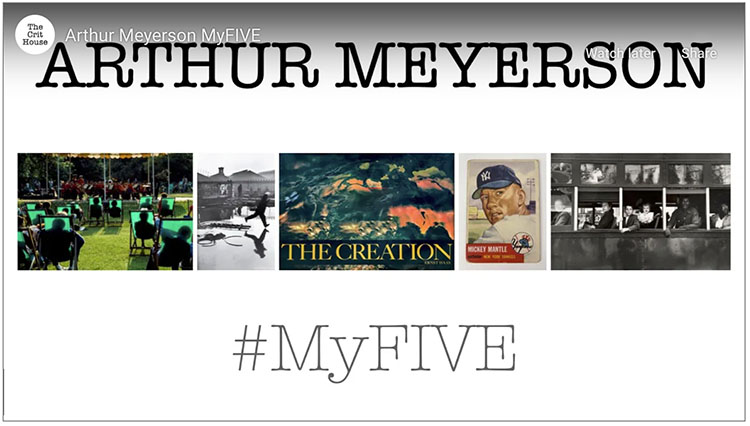
I talked with Jeff Larason (The Crit House) about my top five photographic influences.
Find out who they are and why in this video
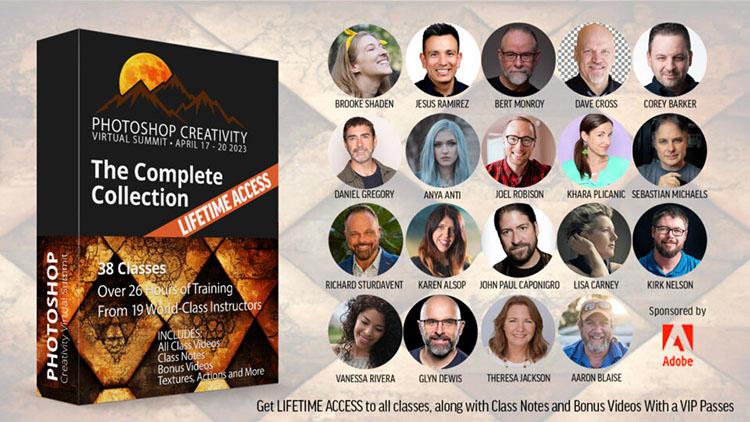
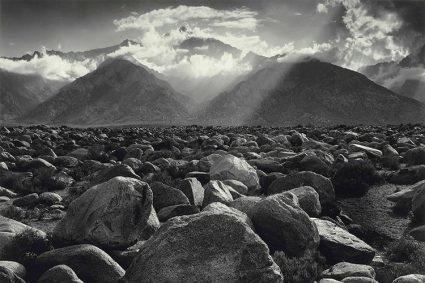
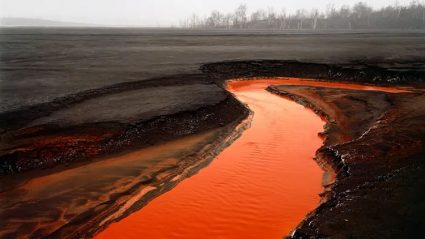
“Build a large visual library.” is Howard Schatz’s excellent recommendation for photographers at any stage of their journey. For decades, he has continued to do this himself well into a highly successful career, consuming images voraciously. While he haunts bookstores, he doesn’t mean just buy a lot of books with pictures in them. He means to learn to see (more versatilely, contextually, and deeply) look at a lot of images.
What are some of the benefits of exposing yourself to more images?
1 You’ll see more possibilities.
The amazing variety of images (subject, style, context) will inspire you to try some of the things you see.
2 You’ll see more of what’s been done.
Becoming familiar with a medium through its history, you’ll see the sensibilities of eras, past fads, current trends, and enduring themes.
3 You’ll develop a repertoire.
Identifying successful techniques (composition, exposure, development) that have been repeated by many different artists is the first step to incorporating some of them into your practice.
4 You’ll see what hasn’t been done.
Once you know what’s been done, you’ll be able to imagine what hasn’t been done and may fill that gap, either with a bit of twist or a giant leap.
5 You may even combine things that have been done into new combinations.
A little of this mixed with a little of that may become a new thing.
There are more benefits to exposing yourself to more images, but isn’t this enough to get started? The principle is simple. If you look more, you’ll see better. I recommend you make it your lifelong practice. It’s a pure pleasure.
Complexity
Intuited Order
Eliot Porter saw a more complex geometry in nature.
All types of artists look closely at their influences; particularly as they’re finding their own voice, or at key stages in their creative development, for many, it’s a lifelong process. The comparisons and contrasts are illuminating and inspiring. You can get more out of this process if you simply state the nature of an influence in one sentence, one phrase, and one word.
Doing this will help you to both better understand and more effectively communicate the nature of your influences. Usually, this doesn’t happen instantly. First, it takes identifying who or what the influence is. You probably have so many influences that you’ll want to choose the ones that are most important to you to develop. Which are those? If all you do is identify this, your time will be well spent. Go a little further and you’ll get more benefits. Take a little time to uncover your thoughts about an influence; associate freely. Finally, take a little time to edit what you’ve gathered; cutting the words that aren’t quite right, keeping the ones that are, and searching for even better ones. Very often, the connections between ideas and feelings and their progressions won’t be clear until you start organizing them, but once you see them you’ll find new windows into your own work.
With this kind of writing, single words, word pairs, phrases, unfinished sentences, lists, outlines, and mind maps are more effective. Make it personal. Don’t worry about being judged and don’t judge yourself. Forget perfect. Don’t let spelling or grammar or penmanship be an issue; start, flow, and keep moving freely. This is your inner laboratory – and the only way to grant access to yourself is to use words. The goal of this kind of writing is discovery and clarity, not publication. Later, some of the material you gather during this process may ultimately lead to words you can use in conversations, interviews, and statements. Once you make your discoveries, you get to decide what’s better left unsaid … but you can only do that after you’ve found out what you have to say.
When you’re exploring your influences ask yourself a lot of questions. Questions guide exploration. Try these questions …
What is the essence of the influence?
Is it physical?
Is it emotional?
Is it intellectual?
Is it the whole thing or few particular things?
If it’s many things at once, what is the relative weight of each of those things?
Does one influence share elements or qualities with other influences?
… but don’t stop here. Keep going.
At first, it might seem strange to generate a lot of information only to boil it down to a little, but if you try this you’ll find that the insights you’re left with will be more concentrated, help give you more focus, and be easier to act on. Simplicity has many advantages, not the least of which is simple things are easier to remember and easier to share. Never confuse simple-mindedness with simplicity. Simplicity often represents the height of sophistication, arrived at only after practice. If you can present a complex subject in a simple way without sacrificing essential content, you truly understand it.
Consciously consider your influences. You’re choosing what’s most important to you and how best to express that. (Sounds a little like making art.) When you do, you’ll understand and appreciate them better – and your own works too.
Read Why Tracking Your Influences Is So Important here.
Read Ranking Your Influences here.
Find out more about my influences here.
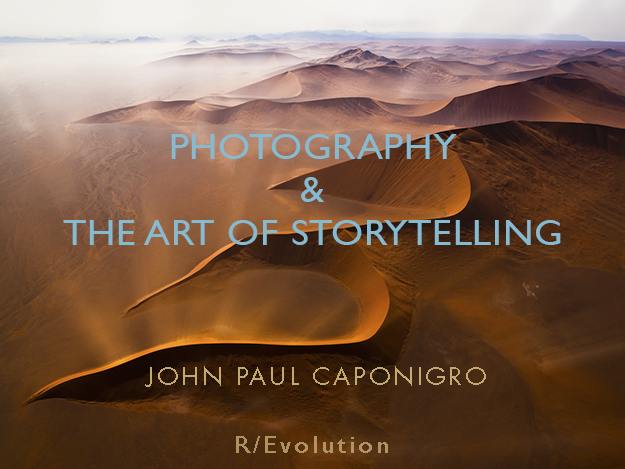
Ways Of Working With Influence
Why Tracking Your Influences Is So Important
The 5 Benefits Of Looking At Other Artist’s Works
State The Nature Of The Influence On You Simply – One Word, Phrase, Sentence
Make A Timeline Of Your Artistic Influences | Coming
How To Deepen Your Relationship With Influences Over Time | Coming
What Was The First Photograph That Ignited Your Passion For Photography? | Coming
What Single Photograph Would You Keep? | Coming
Gather Your Favorite Images Together | Coming
A Combination Of __ & __ | Coming
Why It’s Important To Seek More Influences | Coming
100 Great Photographers To Know | Coming
If You Like ___ Look At ____ | Coming
6 Ways To Map Your Artistic Influences | Coming
The 5 Benefits Of Cultivating Influences Outside Your Medium | Coming
How To Create Something New By Combining Your Influences | Coming
Learning From Negative Influences | Coming
How To Overcome The Fear Of Being Influenced | Coming
How To Make Influences Your Own | Coming
My Influences – Photographic
My Top 5 Photographic Influence- Video
Ansel Adams – Empowering Others
Edward Burtynsky – Manufactured Landscapes
Walter Chapelle – More Than Material
Richard Misrach – A Life’s Work
Robert and Shana ParkeHarrison – Environmental Metaphors
Eliot Porter – Environmental Advocacy Through The Arts
Aaron Siskind – Literally Abstract
Jerry Uelsmann – Visions From The Mind’s Eye
Joel-Peter Witkin – Looking Into Darkness
Four Nudes By Four Photographers
Top 20 Photography Books That Influenced Me
My Influences
Mark Rothko – Color As A Universal Language
Matthais Grunewald – Acknowledging The Beatific & The Demonic
Andy Goldsworthy – Ephemeral Collaborations With Nature
Top 5 Influences
Titian inspired Manet
Manet inspired Gaugin
Manet inspired Monet
Van Gogh inspired Hockney
Van Gogh inspired Lichtenstein
Click below to see more and read more.

“Enjoy this collection of photographic books that have influenced me during some of my most formative years.
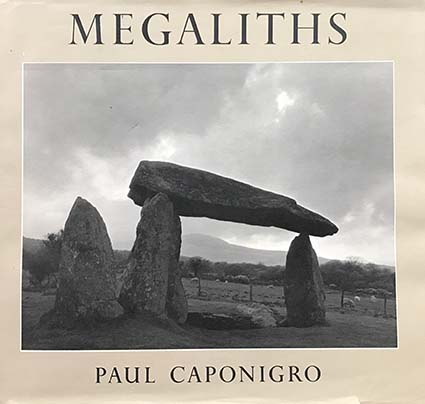
#1
Paul Caponigro – Megaliths
Watching the production of this project from start to finish had a profound effect on me. The book was the culmination of decades of work on so many levels.
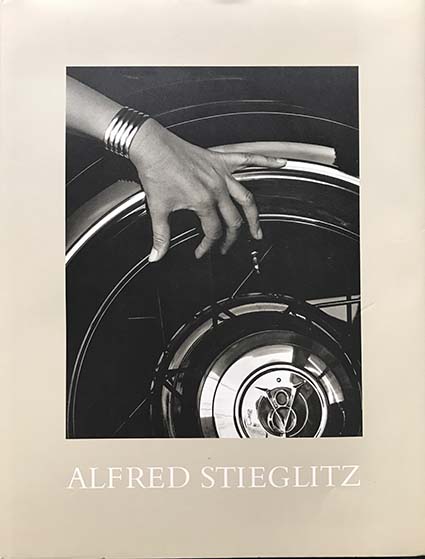
#2
Alfred Stieglitz – Portrait Of Georgia O’Keefe
These portraits and nudes set the highest standards for me. Deep complex emotional connection. The variety of Stieglitz’ printing was eye opening. Meeting O’Keefe was interesting; I still wonder what it was like for her as an older woman to produce a book on her younger self.
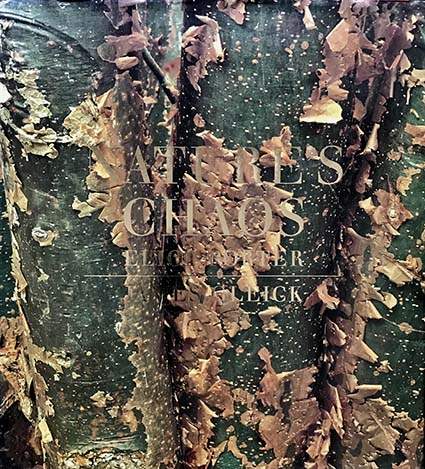
#3
Eliot Porter – Nature’s Chaos
Fortunate to see my mother design many of Porter’s books, this one confirmed my feeling that he saw a deeper order in nature before we more fully understood complexity in the sciences.
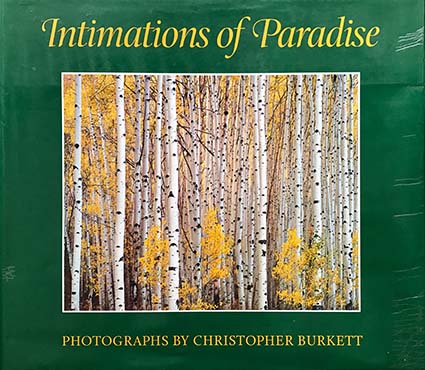
#4
Christopher Burkett – Intimations Of Paradise
Formerly a Gnostic monk, Burkett renounced his vows of poverty so that he could afford film and continue to faithfully transcribe The Book Of Nature. There are so many ways to live life in a sacred way
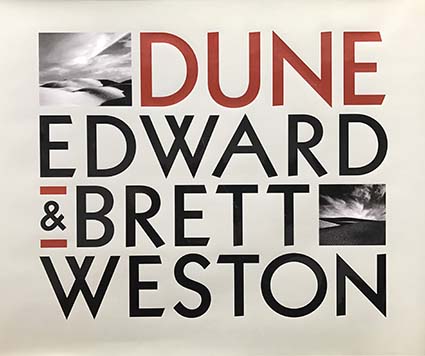
#5
Edward & Brett Weston – Dune
Dune / Edward Weston And Brett Weston collects works, many never before printed, by father and son showing how similar and how different each artist’s vision was. Working with Kurt Markus to produce this book was eye-opening.
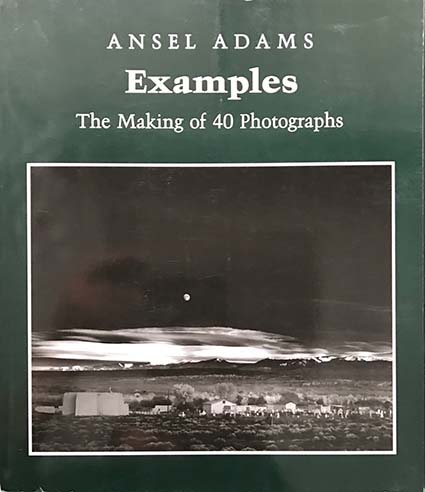
#6
Ansel Adams – The Making Of 40 Photographs
It’s wonderful to read how an artist works and even better to see them in action; I was lucky to do both. I do wish Adams wrote more about why he made each image and what it meant to him.
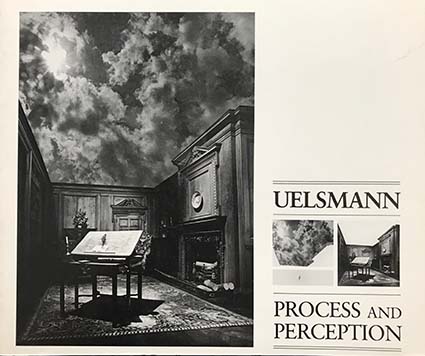
#7
Jerry Uelsmann – Process & Perception
It demonstrates how process changes perception – and the process you engage is a personal choice. The inside is just as important as the outside.
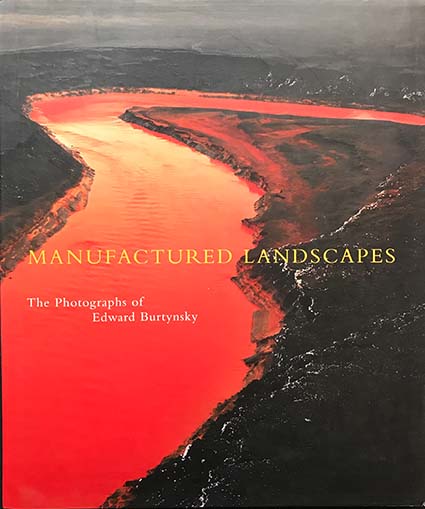
#7
Edward Burtynsky – Manufactured Landscapes
While Eliot Porter didn’t want to beautify trash through art Burtynsky turns an unflinching eye towards industrial impacts on land crafting a complex statement on land use and ultimately identity.
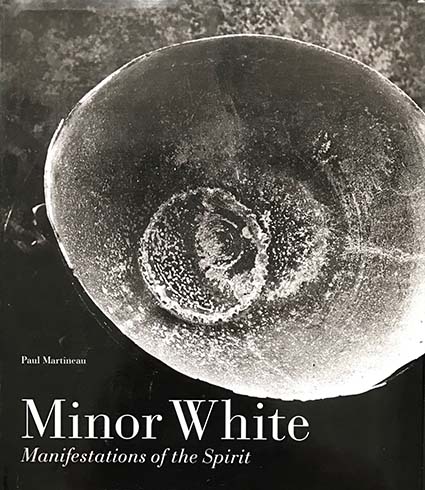
#8
Minor White – Manifestations Of The Spirit
No other photographer is as articulate about the inner experience of making art. His essay on equivalence is seminal.
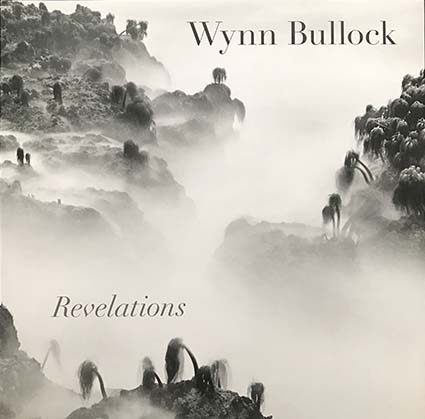
#9
Wynn Bullock – Revelations
Bullock’s marriage of science/physics and art
became as much a philosophical statement as a celebration of beauty.
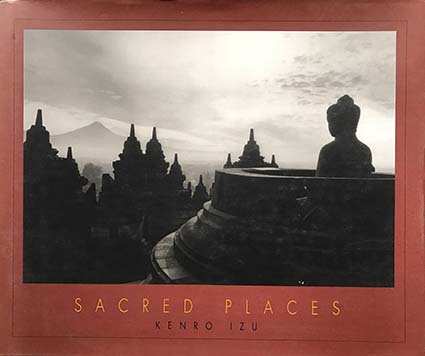
#10
Kenro Izu – Sacred Places
Izu tries to photograph the spirit of ancient sacred places. When he talks about atmosphere he means more than weather.
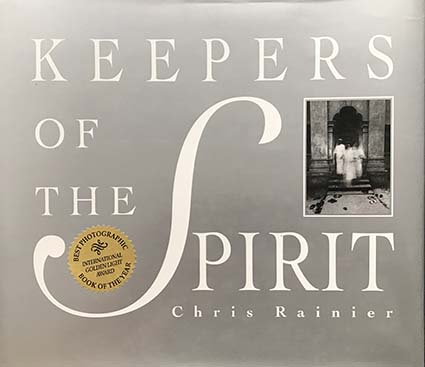
#11
Chris Rainier – Keepers Of The Spirit
If Edward Curtis met Joseph Campbell you’d get Rainier’s survey of spirituality in world cultures.
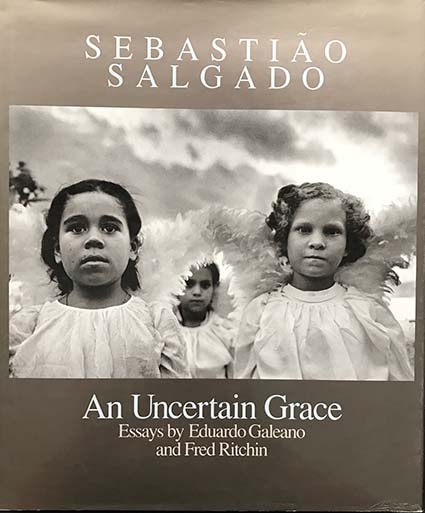
#12
Sebastiao Salgado – An Uncertain Grace
Salgado sets the bar high by bringing out the dignity within his subjects no matter how undignified their circumstances.
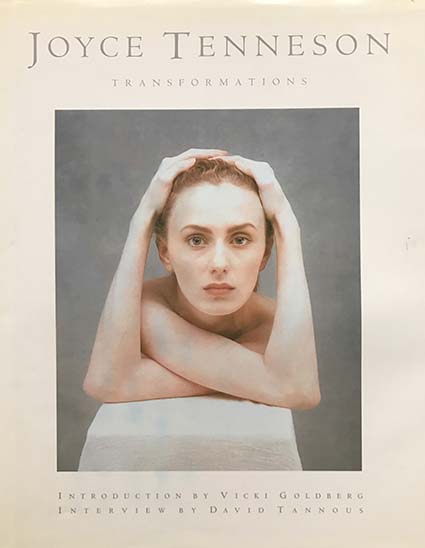
#13
Joyce Tenneson – Transformations
Tenneson’s images remind me of what Pierre Teilhard de Chardin said, “We are not human beings having a spiritual experience; we are spiritual beings having a human experience.”
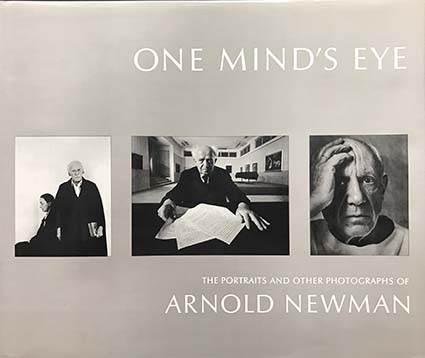
#14
Arnold Newman – One Mind’s Eye
Beautifully constructed portraits from the father of environmental portraiture.
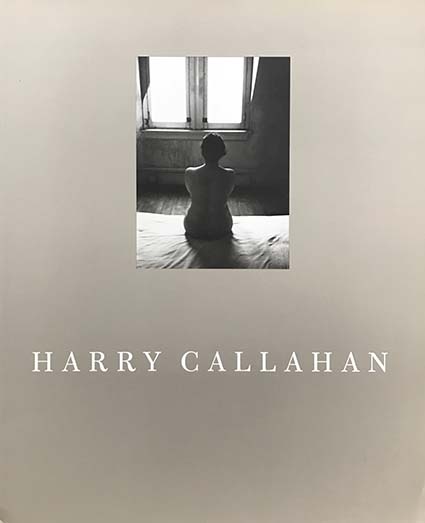
#15
Harry Callahan
The rest of his wrestlessly inventive work intrigued me but his deeply honest extended portrait of his wife set a standard I hope for in all others.
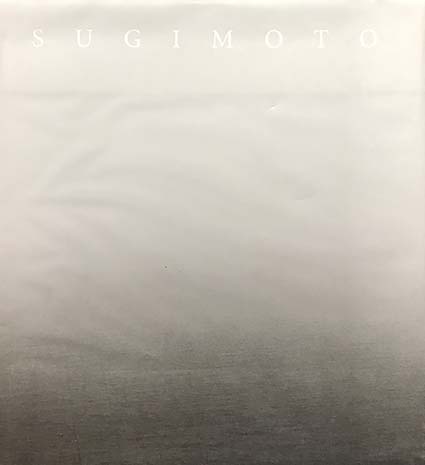
#16
Sugimoto
It’s minimalism that isnt shallow or evasive; the collection reinforces the concept, creating a context for itself. It asks so many questions? Enough? Not enough? Do all the world’s oceans look the same? Or is it just one ocean? Is it the camera or the artist who makes them look the same? Is it the way we look? How is it that by looking at them long enough I begin to see myself?
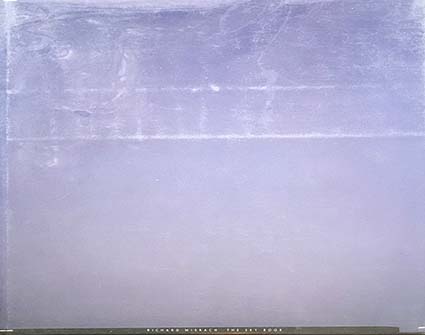
#17
Richard Misrach – The Sky Book
Pleasant as it is this minimalism ordinarily wouldn’t be enough for me. But then he adds the titles of time and places in many languages with a history. Together they grow stronger and placed within his life work as one of many Desert Cantos they grow stringer still. Rebecca Solnit’s accompanying essay is excellent. I learned a lot from looking at this – about art and myself.
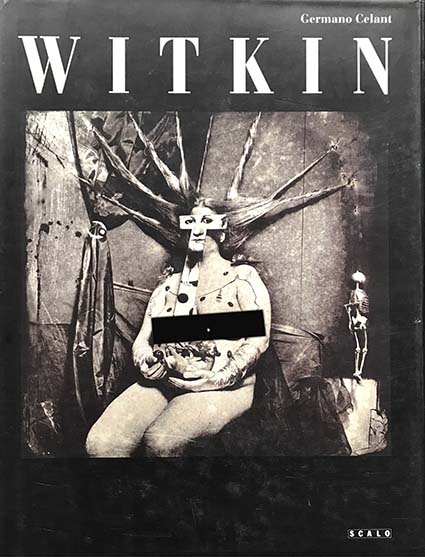
#18
Witkin
I find Joel Peter Witkin’s work profoundly challenging. I can’t say I love it; I can’t say I hate it. I can say it continually crosses back and forth between self-indulgently expressing his individual perversions and courageously looking unflinchingly into a universal heart of darkness.
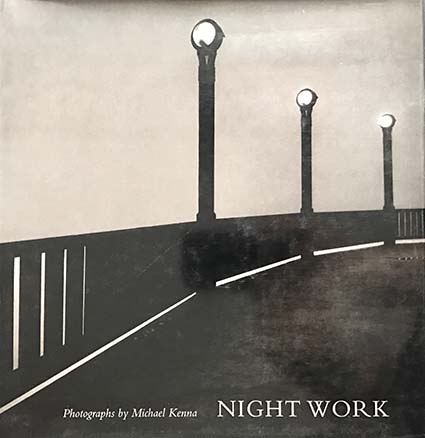
#19
Michael Kenna – Night Work
Kenna’s elegant minimalism is laced with a quiet spirituality that comes less from tradition and more from being in the moment, growing most emotional when he’s in the dark.
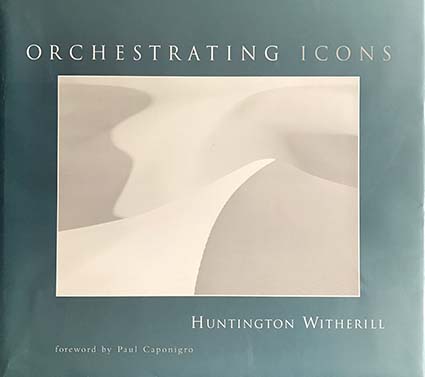
#20
Huntington Witherill – Orchestrating Icons
It’s musical for its flowing compositions and exquisite tonalities. Extraordinary separation in extreme highlights and shadows, no one prints quite like him in.
Find out more about my influences here.